Bwindi Impenetrable Forest
Bwindi Impenetrable National Park — Uganda Gorilla Tours
Bwindi Impenetrable National Park is one of Uganda’s ten national parks, managed by the Uganda Wildlife Authority (UWA). It was designated as a national park in 1991. Shortly after, Bwindi began the process of habituating its first gorilla family, which took approximately two years for the family to acclimate to human presence. In 1992, the first gorilla family was officially opened for gorilla trekking experiences. Bwindi Impenetrable National Park is situated in the southwestern region of Uganda, near the border with the Congo, adjacent to Virunga National Park and at the edge of the Albertine Rift Valley. The management of Uganda National Parks transitioned to the Uganda Wildlife Authority (UWA) in 1996 following the merger of Uganda National Parks and Game Reserves.
On December 17, 1994, it was designated a World Heritage Site by UNESCO due to the coexistence of three great apes: Mountain Gorillas, Chimpanzees, and Humans (the Batwa, an indigenous tribe that historically lived in harmony with gorillas and chimps in the Bwindi forest). It has also been classified as category 1 of protected areas by the International Union for Conservation of Nature. Bwindi Impenetrable National Park is exceptionally rich in biodiversity, with its varied ecosystems making it one of the most intriguing forests in Africa. The park features a range of environments, from lowlands to Afro-montane forests, representing a unique moist tropical forest in Uganda and a rare find among East African protected areas.
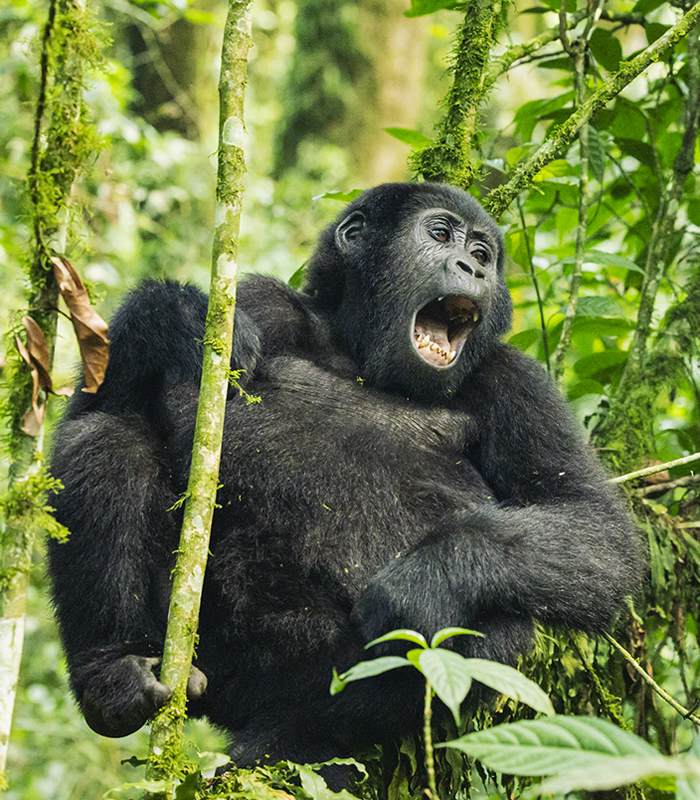
About Bwindi Impenetrable National Park
Bwindi Impenetrable Forest is located in southwestern Uganda. The wildlife heritage park is famous for Mountain Gorillas and Gorilla trekking Safaris in Uganda. The name Bwindi is derived from the abundant bamboo clusters that are scattered throughout the larger hardwood forest.
The presence of bamboo, along with a dense layer of ferns, vines, and other vegetation, significantly obstructs direct pedestrian access, making it impenetrable. Approximately a century ago, numerous individuals migrated from Rwanda and the Democratic Republic of Congo (DRC) to the area located north of the forest, which was sparsely populated at that time. To reach this area, most had to traverse the forest, and legend has it that a family trying to cross encountered a vast swamp. The spirit of the swamp noticed a beautiful young woman among them named Nyinamukari. “Give us the maiden,” the spirits demanded, “and we will allow you to cross the swamp safely.” Faced with this predicament, the family lingered at the swamp’s edge for several days, uncertain of their next move. Ultimately, they concluded that returning home was not an option, so they sacrificed Nyinamukari to the swamp and successfully crossed to the other side.
The story of the sacrificed maiden circulated throughout the region, instilling fear of the forest, particularly the swamp. Consequently, the area became known as Mubwindi bwa Nyinamukari, named after the maiden. Bwindi translates to a swampy, muddy place shrouded in darkness. This marked the transformation of the forest into a National Park, and Bwindi became its official designation. The local communities referred to the forest and the swamp as Mubwindi and Bwindi, respectively, leading to the naming of the Bwindi forest.
Bwindi Forest
Bwindi National Park: Location
The park is located 512 kilometers from Kampala.
Bwindi Impenetrable National Park is situated in the southwestern region of Uganda, encompassing an area of 321 square kilometers (128 square miles). It is positioned adjacent to the Congo border, approximately 29 kilometers northwest of Kanungu, 35 kilometers north of Kisoro, and 40 kilometers southeast of Lake Edward.
The park spans across the Districts of Kanungu in Kayonza and Mpungu Sub-County, Rubanda in Ruhija and Muko Sub-County, and Kisoro in Kirundo and Nyabwishenya Sub-County. It is bordered by 27 frontline parishes and is divided from Mgahinga Gorilla National Park by a 49-kilometer stretch of cultivated land that was previously forested. About 500 years ago, Bwindi was part of the current Virunga Conservation Area; however, due to rapid human population growth, the forest was cleared for settlement, agriculture, and livestock rearing, leading to the destruction of all cordials. This resulted in the division into two conservation areas.
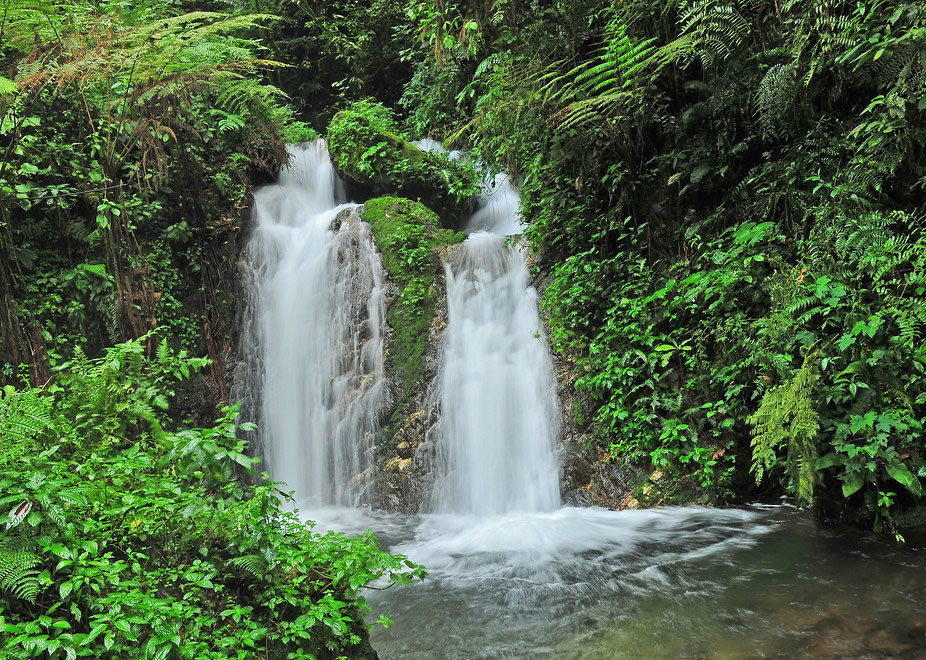
Bwindi forest and its attractions
Bwindi National Park is home to more than a third of the global mountain gorilla population. It is renowned for its diverse ecosystems, establishing itself as a premier location for wildlife observation in Uganda.
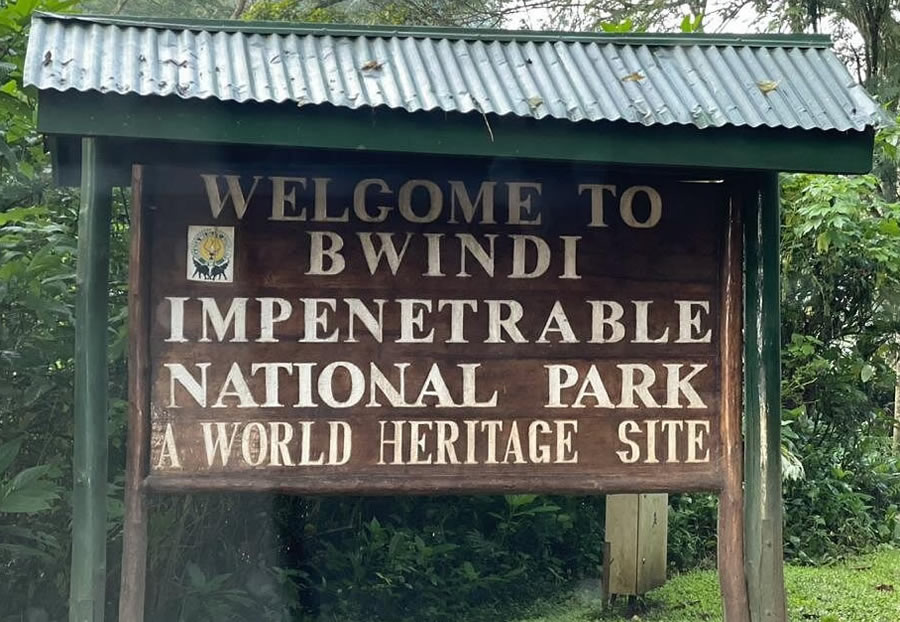
Buhoma Section
Buhoma is a prominent tourism area within Bwindi, home to the park’s headquarters. It boasts approximately seven fully habituated gorilla families that provide an exceptional gorilla trekking experience. Additionally, there are four nature trails, each offering an unforgettable journey through the unique afro montane forest, complete with stunning views and chances to observe diverse wildlife. Visitors are encouraged to make reservations ahead of time at the visitor registration or booking office, as walks begin at 9:00 AM and 2:00 PM. Notably, gorilla trekking permits must be secured in advance through registered tour operators, ideally six months before the visit.
- Mubare currently has 9 members, including the dominant silverback Kanyonyi.
- Rushegura with 19 members, a silverback, 4 adult females, and 3 juveniles
- Habinyanja has 17 members, with a silverback Makara, and is known for its active behavior
- Muyambi of 7 members, including the dominant silverback, Muyambi.
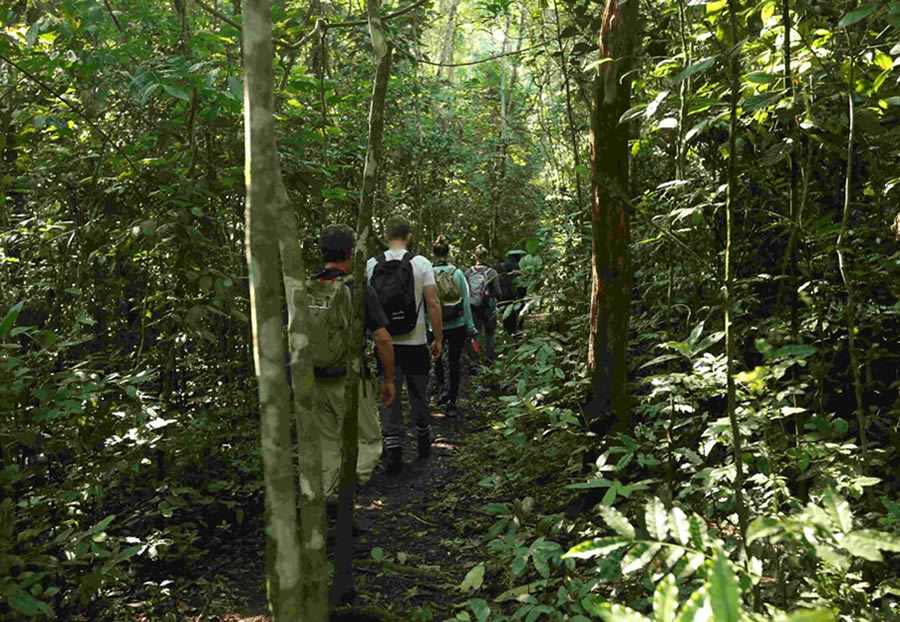
Ruhija Section
Ruhija is one of the tourism zones located in Bwindi, situated in the eastern section of the Bwindi forest, and is home to around six fully habituated gorilla families. It lies approximately 50 kilometers from Buhoma via a road that connects to the Kisoro-Kabale road. This area boasts one of the highest altitudes in the park, reaching 2607 meters above sea level at Rwamunyonyi hill, the park’s highest point. The tourism zone features two remarkable natural trails leading to the historical Mubwindi swamp and the serene, undisturbed bamboo and primary forest interior. During your walk, you can always anticipate the ‘unexpected’ with the help of experienced park guides who enhance this lively experience. Ruhija enjoys the best weather in Bwindi, with temperatures rarely exceeding 25 degrees Celsius. On pleasant days, it is common to feel as though you are in a place where heaven meets the earth.
- Happiness she ham but instantly put departure propriety.
- Frankness in extensive to belonging improving so certainty.
- Taste oh spoke about no solid of hills up shade.
- It possible no husbands jennings ye offended packages pleasant.
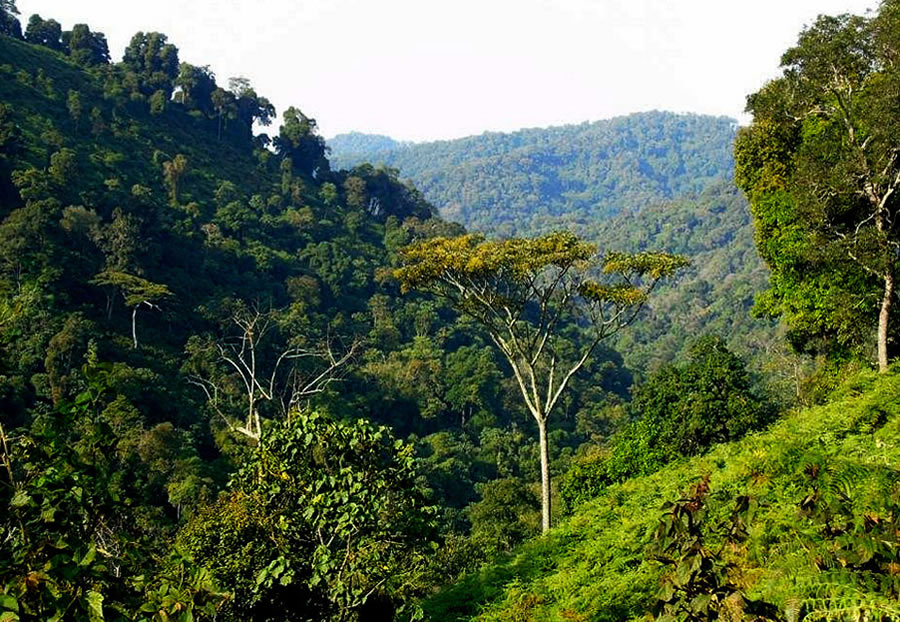
Nkuringo Tourism Section
This area is designated for satellite tourism. It is the second location established for gorilla trekking in Bwindi, situated on the southern edge of the forest, roughly 15km from Buhoma. A delightful walk through the forest to Nkuringo takes about 4 hours. The trailhead at Nkuringo is located on the secluded Nteeko ridge, providing various viewpoints across Bwindi forest to the north and the Virunga volcanoes to the south. The Nkuringo sector is home to four fully habituated gorilla families that tourists can trek to.
- Happiness she ham but instantly put departure propriety.
- Frankness in extensive to belonging improving so certainty.
- Taste oh spoke about no solid of hills up shade.
- It possible no husbands jennings ye offended packages pleasant.
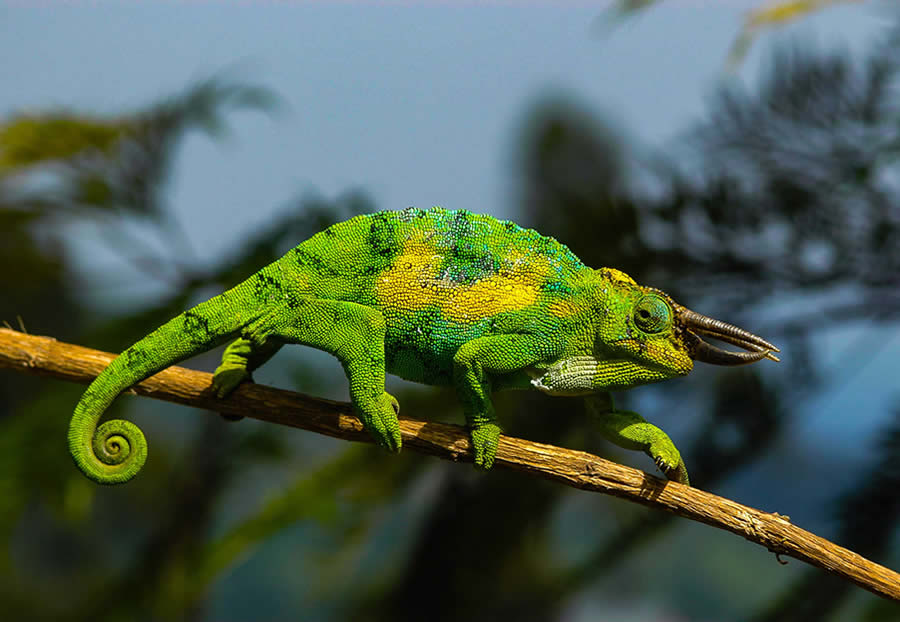
Rushaga Section
This is the latest area among others situated in the southern sector of Bwindi, specifically developed for tourism experiences. The zone is exceptionally unique, providing a variety of upcoming tourism activities such as gorilla tracking, bird watching, and nature walks to the refreshing and exciting waterfalls.
Rushaga tourism zone boasts the highest number of habituated gorilla families in comparison to other sectors of Bwindi, with approximately 10 gorilla families. Additionally, this is the only sector that offers a truly magical habituation experience.
- Happiness she ham but instantly put departure propriety.
- Frankness in extensive to belonging improving so certainty.
- Taste oh spoke about no solid of hills up shade.
- It possible no husbands jennings ye offended packages pleasant.
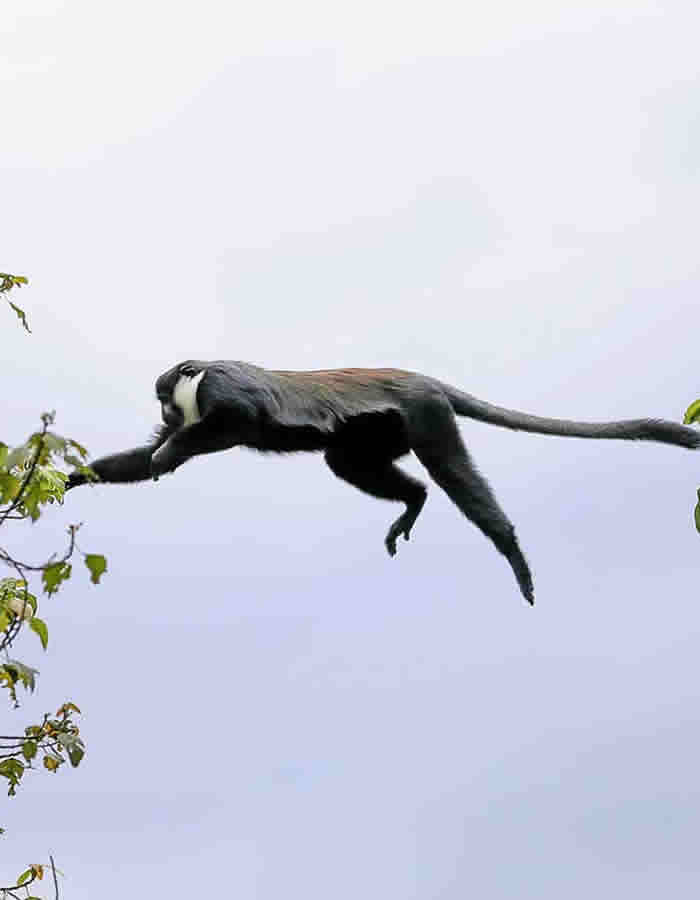
Black and white colobus in Bwindi forest
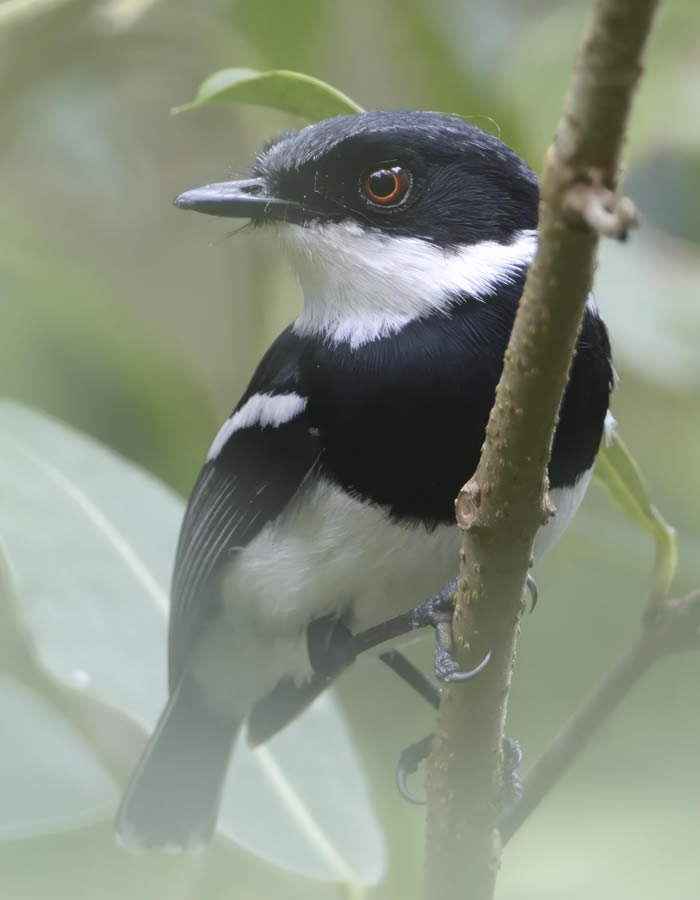
White Colored - Olive
The nature walks include the following:
(b) Muzabajiro loop walk; this moderate climb is 5.2km and takes about 3-3.5hrs.Visitors doing this walk have chances of seeing monkeys, Bush pigs and birds.
(c) Munyaga waterfalls walk; the trail heads south on a track that initially was intended to be an access road through the forest to Nteeko village. After approximately 2km, the trail branches off to a wide Forest path that crosses the rushing Munyaga River, three times before the water fall.
(d) Ivi river walk; this is the longest trail in the park. It’s about 13km and takes 2-4 hours. This walk is easy following an old coffee trail all the way from Buhoma to Ivi, largest river in the park.
(e) Munyaga river short birding trail; this walk along the river is easy and short offering many sports to sit and soak in Bwindi forest. It takes about 35minutes starting from the park office along the river and up to the main base trail in the park. The trail offers great birding opportunities and while on it look out for king fishers and African black ducks.
